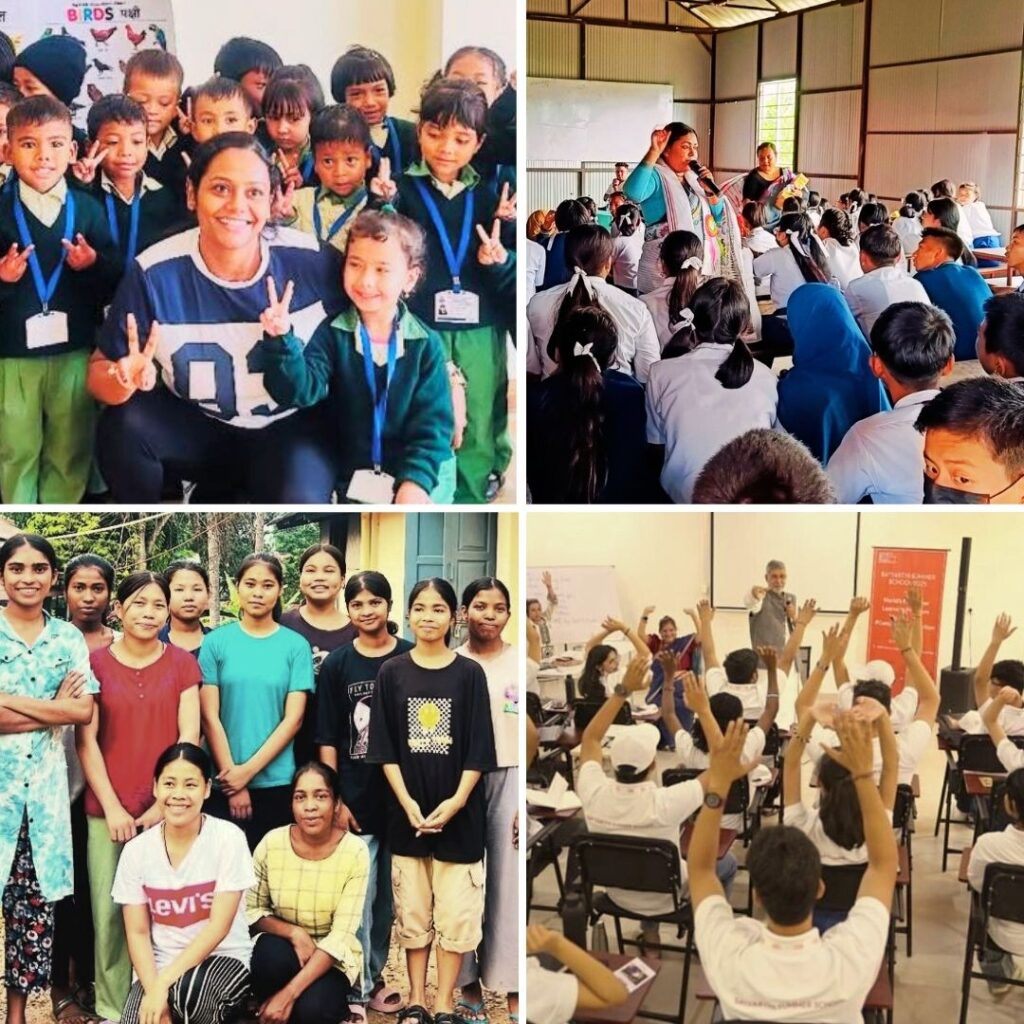Amnesty International has released its annual global report on the death penalty. The report covers the judicial use of the death penalty between January to December 2016.
The information is collected from a variety of sources, including:
official figures; information from individuals sentenced to death and their families and representatives; reporting by other civil society organisations; and media reports.
However, in many countries, governments do not publish information on their use of the death penalty. Therefore, in nearly all cases, Amnesty International’s figures are minimum figures. The true figures are likely to be higher.
The full report can be read here.
Overview of the report The total number of executions decreased from the historical high figure reported in 2015. The number of countries that imposed death sentences and the number of countries that carried out executions– were also noticeably lower. However, the figure of recorded new death sentences increased compared to the previous year, exceeding the previous highest total recorded in 2014. Two countries – Benin and Nauru – abolished the death penalty for all crimes and one country – Guinea – abolished it for ordinary crimes only. Several others took steps to restrict their use of this punishment. The world’s worst performers when it comes to the death penalty are China, Iran, Saudi Arabia, Iraq, and Vietnam. Executions in 2016
Amnesty International recorded a 37% decrease in the number of executions carried out globally in 2016 as against the previous year. At least 1,032 people were executed − 602 fewer than in 2015 when the organization recorded the highest number of executions in a single year since 1989.
These numbers do not include the thousands of executions carried out in China, where data on the use of the death penalty remains classified as a state secret. Iran alone accounted for 55% of all recorded executions. Together with Saudi Arabia, Iraq and Pakistan, Iran carried out 87% of the global total. Iraq more than tripled its executions and Egypt and Bangladesh doubled theirs. Death sentences in 2016
Amnesty International recorded that 3,117 people were sentenced to death in 55 countries for 2016. The overall number of death sentences constitutes a significant increase on the total for 2015 (1,998) and exceeds the record-high total that the organization reported in 2014 (2,466).
The number of countries imposing death sentences decreased from 61 in 2015 to 55 in 2016.
How the death penalty was used in 2016
Public executions were carried out in Iran (at least 33) and North Korea.
Amnesty International received reports indicating that at least two people in Iran were executed for crimes committed when they were under 18 years of age.
People with mental or intellectual disabilities were executed or remained under sentence of death in several countries including Indonesia, Japan, Maldives, Pakistan, and the USA.
In the majority of countries where people were sentenced to death or executed, the death penalty was imposed after proceedings that did not meet international fair trial standards.
In several countries – including Bahrain, China, Iran, Iraq, North Korea and Saudi Arabia – some convictions and death sentences were based on “confessions” that may have been extracted through torture or other ill-treatment. In Iran and Iraq, some of these “confessions” were broadcast on television before the trial took place, further breaching the defendant’s right to the presumption of innocence.
Military courts sentenced civilians to death in Cameroon, the Democratic Republic of the Congo, Egypt, and Pakistan.
The death penalty was imposed or implemented for drug-related offences in a number of countries, including China, India, Indonesia, Iran, Kuwait, Laos, Malaysia, Saudi Arabia, Singapore, Sri Lanka, Thailand, United Arab Emirates, and Vietnam.
The death penalty in Asia China was once again the world’s leading executioner; however, figures remained classified as a state secret and thus actual numbers will be higher. The number of known executions decreased in the Asia-Pacific region; this is mainly due to a significant reduction in Pakistan. The number of recorded death sentences rose in the region. While the overall number of recorded executions in 2016 fell significantly compared to 2015 when 367 executions were reported, this reduction was mainly due to Pakistan, where executions decreased by 239 in 2016. An alarming increase took place in Bangladesh where the number of executions more than doubled compared to 2015. Across the region, at least 1,224 death sentences were imposed in 18 countries in 2016, a significant rise from at least 661 in 2015. This rise is explained by considerable increases in Bangladesh, India, Indonesia, Pakistan, and Thailand. The death penalty in India India did not carry out any executions in 2016, while it…











